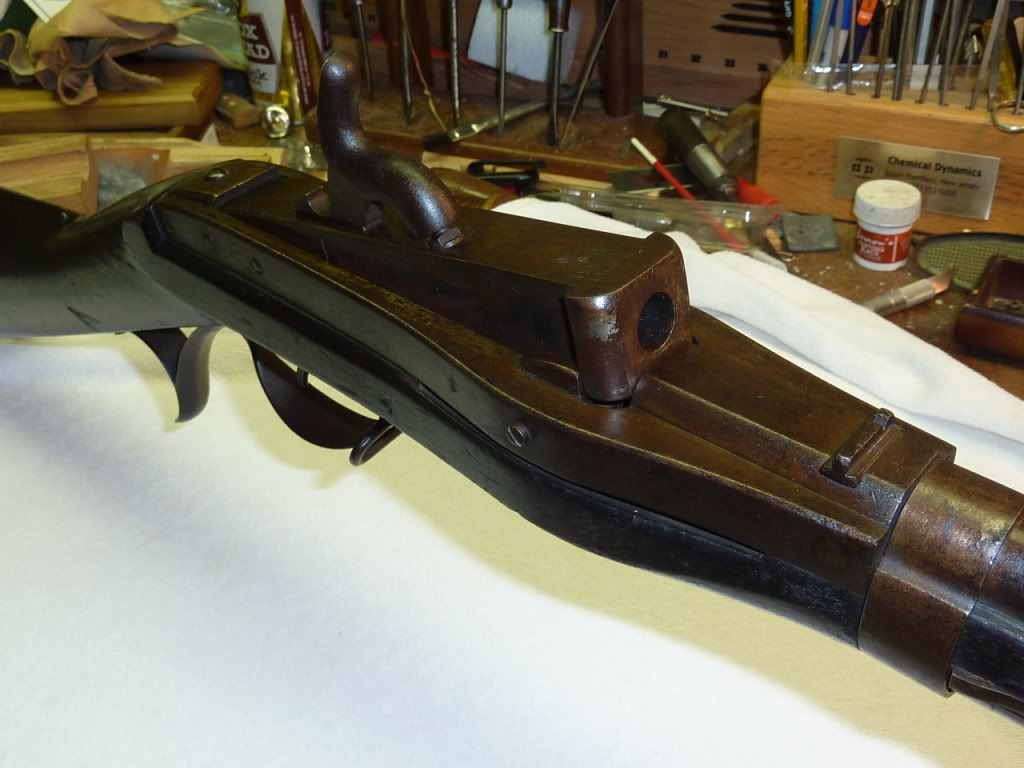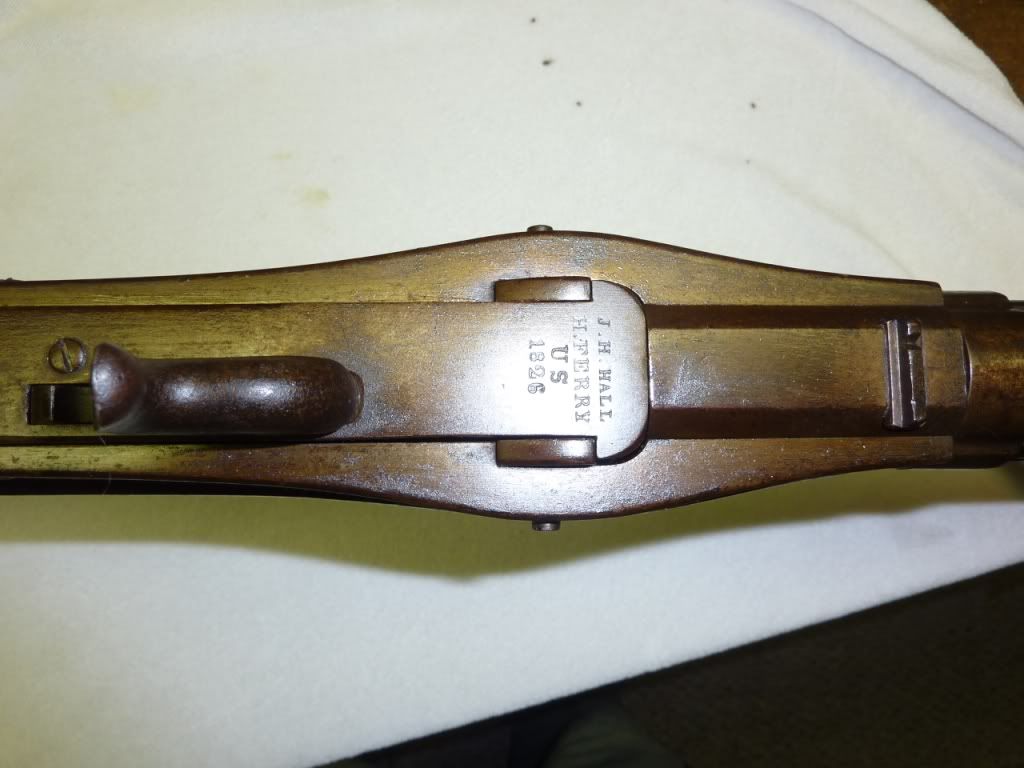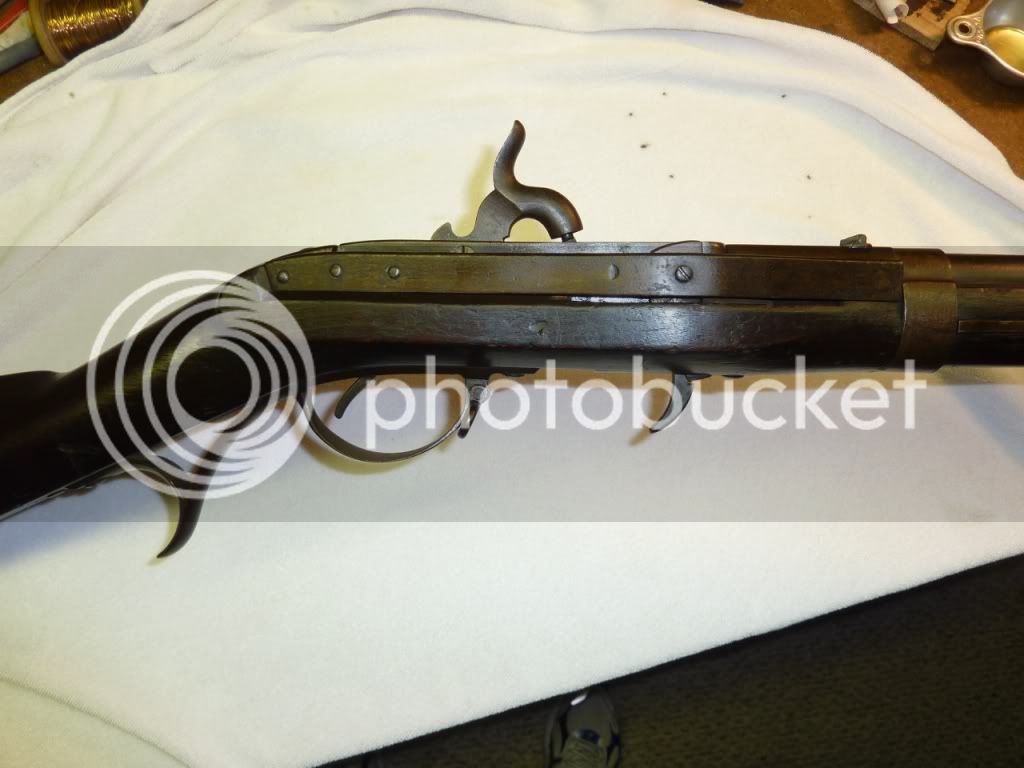jdkerstetter
69 Cal.
- Joined
- Feb 15, 2012
- Messages
- 3,029
- Reaction score
- 7
It's your gun and it's up to you.
But it doesn't matter where the patina came from, patina is patina. I would let an expert in historic arms decide.
You can't remove the rust and the subsequent staining without removing some metal with it. It will show.
And what ever you do don't remove or add any wood finish. Trust me.
Try the wax. You may be pleased with the results.
J.M.2.C. J.D.
But it doesn't matter where the patina came from, patina is patina. I would let an expert in historic arms decide.
You can't remove the rust and the subsequent staining without removing some metal with it. It will show.
And what ever you do don't remove or add any wood finish. Trust me.
Try the wax. You may be pleased with the results.
J.M.2.C. J.D.








